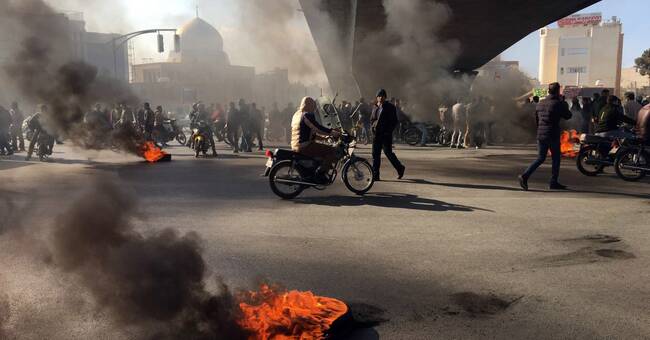On November 15, 2019, thousands of people in Iran went out and demonstrated against higher gasoline prices.
There were fires and vandalism, but the protests were largely peaceful.
But the Iranian security forces' response was violent.
Hundreds of protesters were killed and more than 7,000 were arrested.
At least three sentenced to death
Amnesty has tried to map out what happened to the detainees, and in a report released today, they have identified over 500 people and what happened to them.
At least three young men have been sentenced to death for "enmity against God."
Others have been sentenced to 10 years in prison.
A dozen have been sentenced to whipping, of which at least two have already been flogged.
Many testify to widespread torture and inhuman treatment when arrested and detained.
Men, women and children were beaten with sticks, batons and cables.
They were forced to sit and stand in painful positions for long periods and they did not get enough food and water.
Iranian interrogators in the security and intelligence services are said to have forced detainees to undress naked, subjected them to electric shocks and sham executions.
According to Amnesty, the Iranian authorities use torture to punish, intimidate and humiliate.
Amnesty: Serious human rights violations
Many detainees were subjected to "disappearance" for days, weeks and even months, when kept in secret custody.
In a case that Amnesty writes about in the report, the authorities arrested a family member who asked for two missing relatives.
Under Iranian criminal law, protesters have been convicted of "disrupting public order", "spreading propaganda against the system" and "insulting the supreme leader".
Amnesty International believes that Iran has committed serious human rights violations.
Amnesty is convinced that the number of accused and convicted is significantly more than the 500 they are named after, as more than 7,000 were arrested during the demonstrations.

